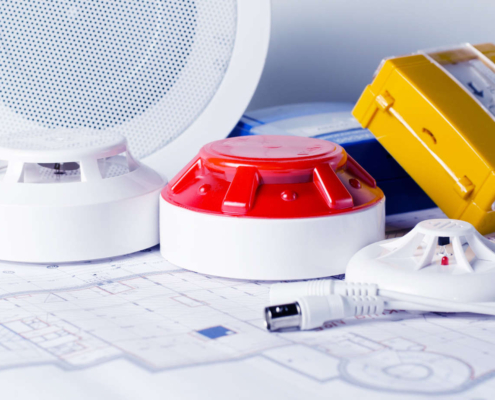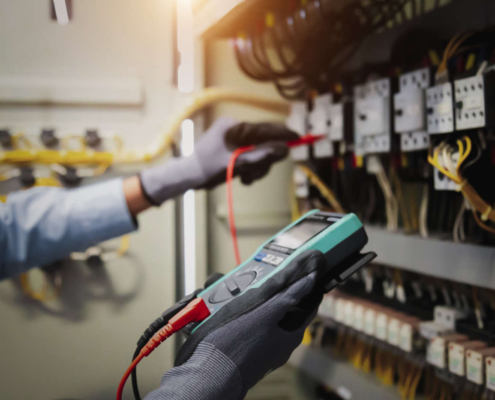Sicherheit durch Technik
Seit über 30 Jahren planen, projektieren und errichten wir bundesweit VdS-zertifiziert Sicherheitstechnik für Industrie und Gewerbe. Unsere branchenübergreifende Kompetenz und unser breites Angebot an modernster Technik sind dabei unser Markenzeichen.
Wir sind überzeugt, effektiver Eigentumsschutz kann nur individuell und ganzheitlich funktionieren. Unser Fokus liegt deshalb nicht auf einzelnen Produkten, sondern auf maßgeschneiderten Sicherheitskonzepten für Ihren Betrieb.
Dabei sind wir in der Lage Ihnen das gesamte Spektrum der Sicherheitstechnik, vom Brandschutz, über Zutrittskontrollen bis zu Einbruchschutz und Videoüberwachung zu liefern.
Sicherheit ist Vertrauenssache – deshalb streben wir stets eine langfristige und enge Zusammenarbeit mit unseren Kunden an. Von der Erstberatung, über die Installation bis zur Wartung und Instandhaltung stehen wir Ihnen als zuverlässiger Partner zur Seite.
Was können wir für Sie tun?
Sie haben Fragen oder wünschen eine Beratung oder ein Angebot?
Rufen Sie uns gerne unter +49 (0) 30 / 84 41 49 80 an oder füllen das Kontaktformular aus und wir rufen Sie zurück. Wir freuen uns auf ein persönliches Gespräch mit Ihnen!





